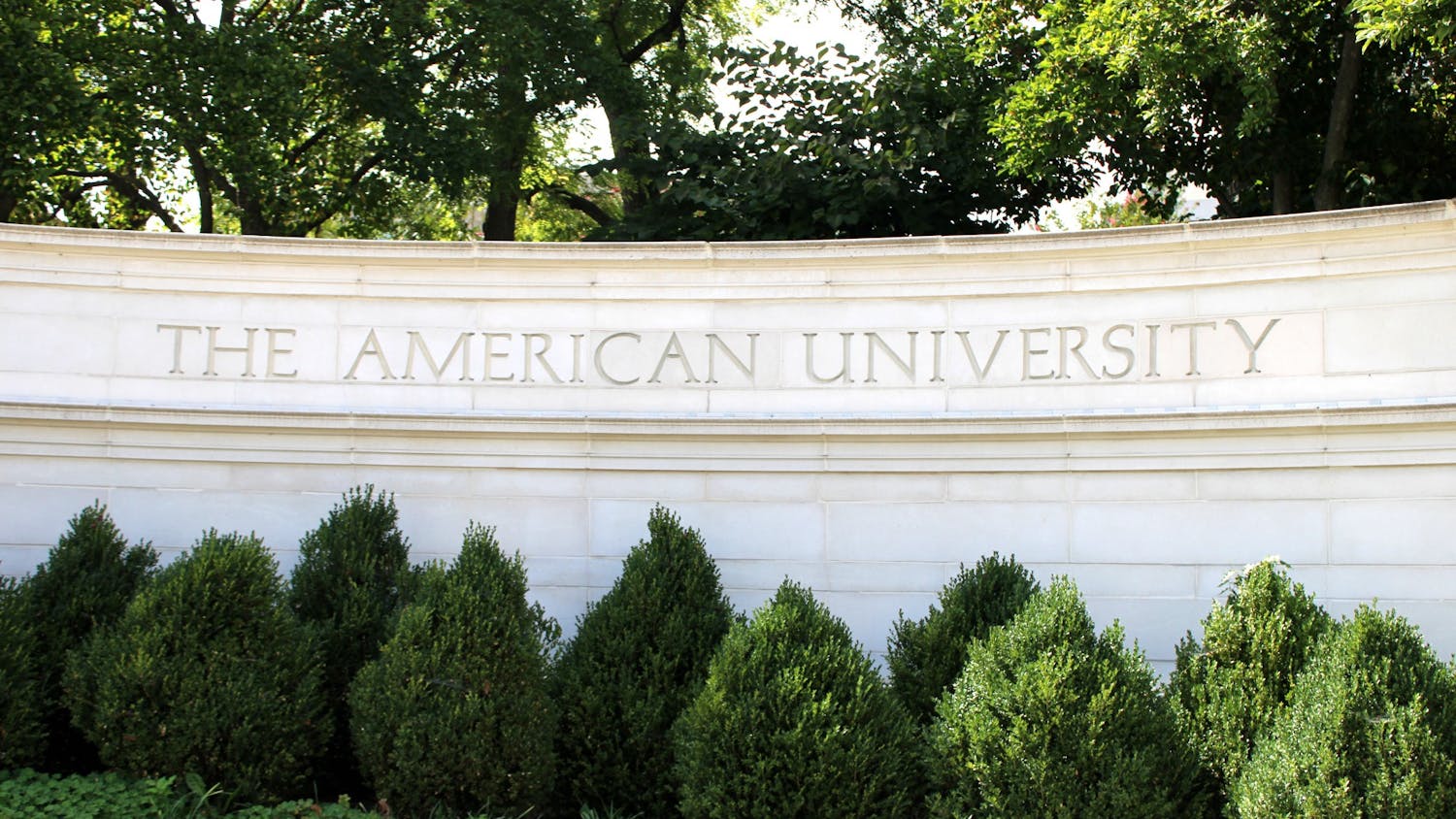Student activists blanketed the campus last night with 100,000 white ribbons symbolizing Iraqi civilian casualties resulting from the U.S.-led war, but AU administration restricted the demonstration to fences in front of Kay Spiritual Life Center.
Jared Hall, a senior in the College of Arts and Sciences and member of the student-run group Community Action and Social Justice, initiated the idea after learning of a Johns Hopkins University study.
In late October, Johns Hopkins University School of Public Health released a controversial study of recent deaths in 33 Iraqi neighborhoods as a result of the war. The study interviewed 7,868 Iraqis in 988 households and estimated a range of 8,000 to 194,000 casualties. The study said there was 90 percent certainty that more than 40,000 Iraqis died, and that the general estimate was 100,000 deaths.
Community Action and Social Justice Coalition's plans were approved by the administration Friday morning. However, President Benjamin Ladner then communicated through University Chaplain Joe Eldridge his concern about the demonstration damaging plant life on campus.
When the Iraq war began, yellow ribbons representing American casualties were draped around campus, including trees and plants. The difference between that demonstration and this one is the difference in numbers. The demonstration for Iraqi civilian casualties used 600,000 inches, or almost 10 miles, of white ribbon - white is the traditional color of peace.
"The way the demonstration is constructed is very compelling and elegant," Eldridge said.
Elizabeth Falcon, coalition member and senior in the School of International Service, met with Gail Hanson, vice president of the Office of Campus Life.
"[Hanson] gave the green light, saying she would clear it with the different parts of the University that would be affected," Falcon said. "She would tell groundskeeping not to cut the ribbons down and Public Safety not to keep us from putting them up," Falcon said. She also said that Public Safety may cut down ribbons that are not attached to the orange fence in front of Kay, Falcon said.
Both Ladner and Hanson were unavailable for comment because they were out of town for the weekend.
The group was in a lose-lose situation, according to Falcon. It could either hang the ribbons on the fence and risk people not being able to see what 100,000 symbolized deaths look like, or hang them in a more widespread area and risk trouble with the school. By Sunday night, ribbons began appearing on railings around the campus.
"I really wanted the issue to be about Iraq, but now it's also about free speech at AU," said Falcon, who spent 20 hours in the past week working on the demonstration.
The organizers planned to attach the ribbons to railings and building exteriors, but not plant life, according to Mike Haack, coalition member and senior in the School of International Service.
Hall asked the College Democrats to join and worked on involving students from every political background who don't usually engage in activism. He used thefacebook.com, a popular profile Web site for college students, to get the word out.
"Everyone thinks its procrastination, but it's actually good organizing," he said.
The group met Sunday night to decide whether to contain its demonstration to the construction fences or cover the main Quad as planned.
CASJ has also planned a panel discussion, "The State of Iraq: 100,000 and Counting," in the Kay Spiritual Life Center from 2 to 3:30 p.m. on Monday.




